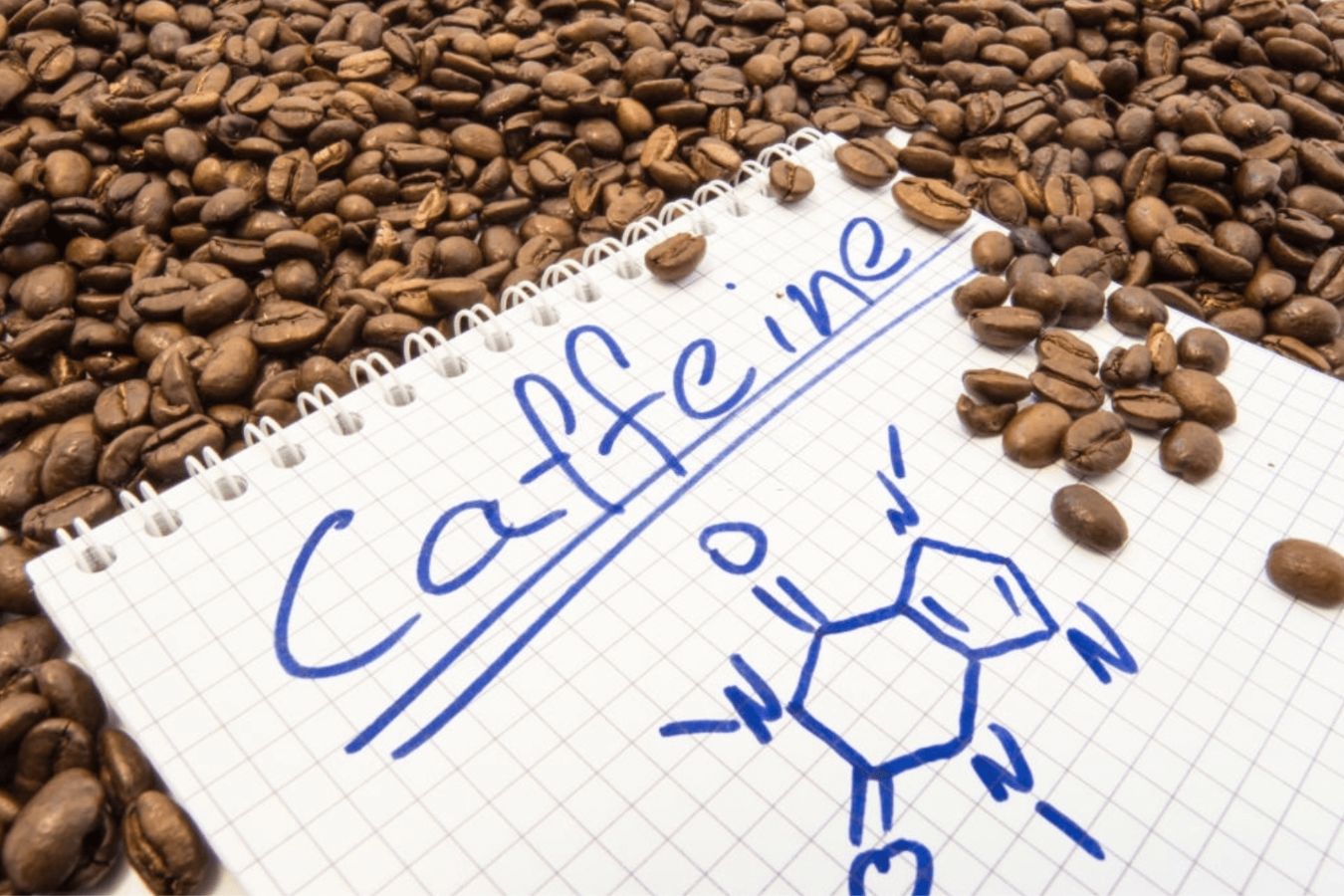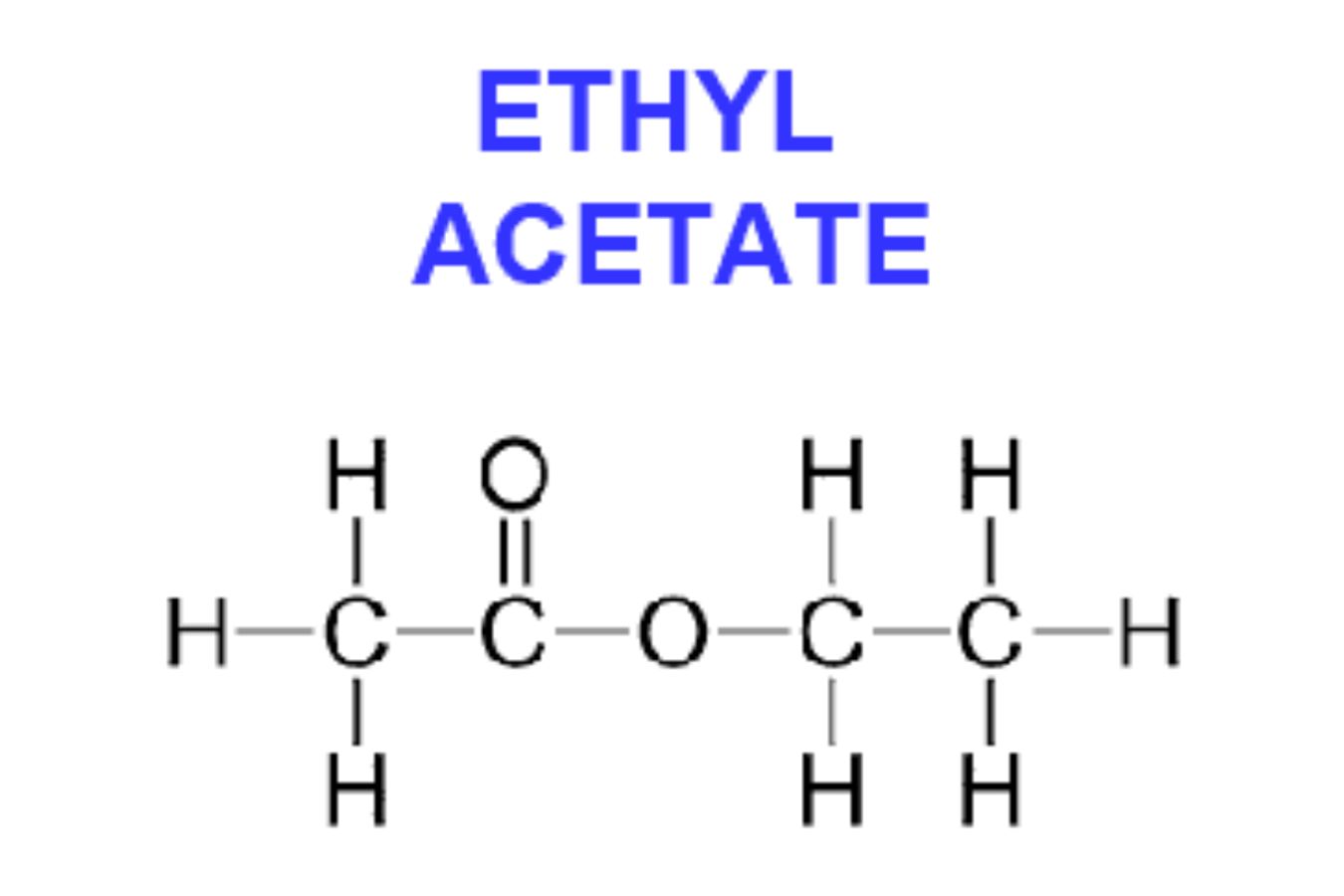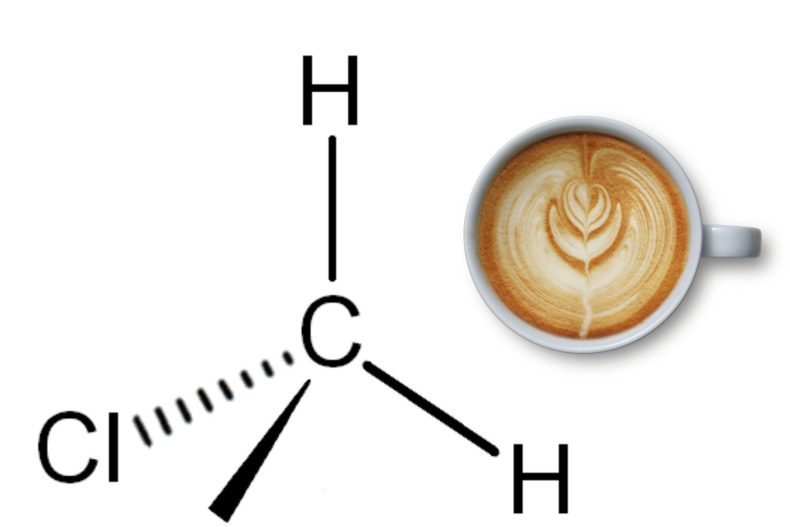
Methylene chloride is a colorless, volatile liquid with a sweet smell used as a solvent during the decaffeination process from green coffee. Coffee terms about Processing | The approach you should know are as follows:
- Ethyl Acetate (EA) – Decaffeinated Solvent
- Fermentation
- Fresh Coffee
- Natural process – Dry processing
- Raw processed – Natural processing
- Semi Washed – Semi-Wet Processing
- Sorting / Grading – Particle Classification
- Vacuum Cham – Vacuum Chamber
- Washed Coffee – Wet Processing
Decaffeination with Methylene chloride
The decaffeination process with methylene chloride is the same as the processing of Ethyl Acetate (EA) with a significant difference. Because MC does not occur naturally in plants, decaffeinated coffee cannot be labeled “naturally decaffeinated.” (naturally decaffeinated).

However, MC has been identified by some health organizations as not endangering health in quantities of less than ten parts per million (10 PPM or 0.001%). In decaffeinated coffee MC, MC is still in the form of traces, below 1 PPM.
Furthermore, the MC is highly volatile and volatile at 40°C. Meanwhile, with the high temperature of the roasting process (about 204°C) and concoctions (about 93°C), it is improbable that the MC is left in the final drink.
